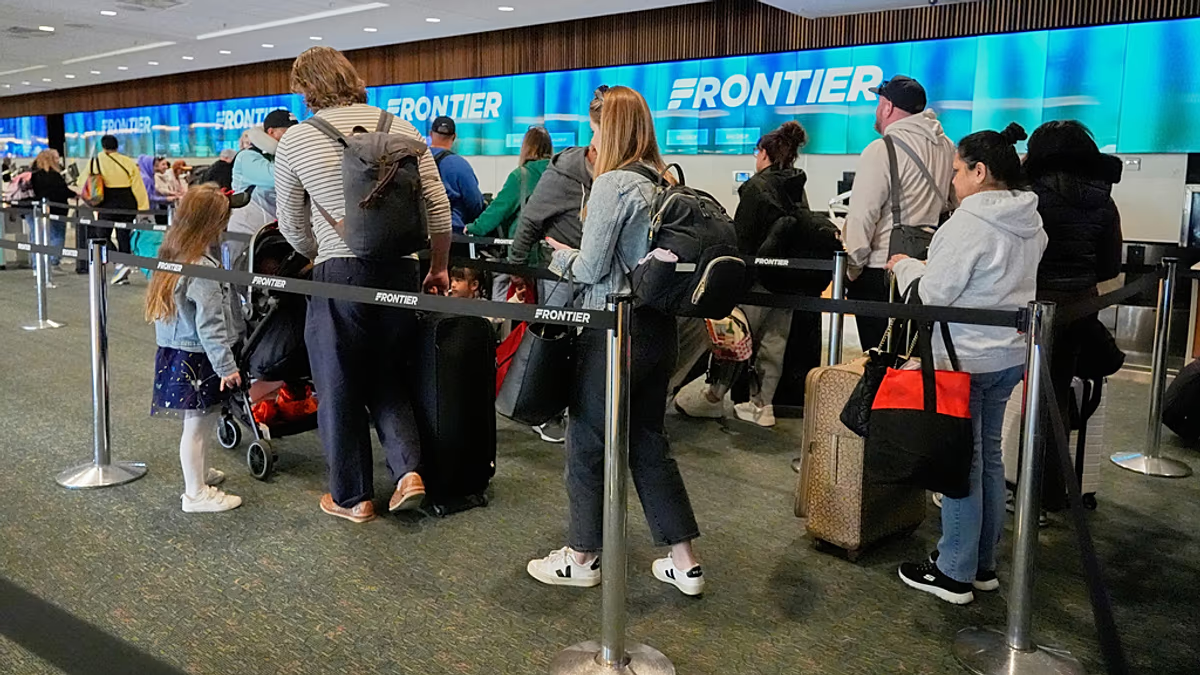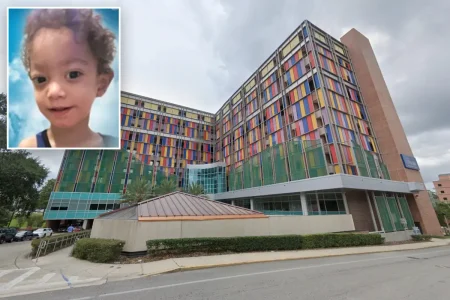In Gaza, Cease-Fire Brings Food Relief Amid Ongoing Humanitarian Challenges
Temporary Respite: How the Pause in Fighting Has Affected Gaza’s Food Crisis
The recent cease-fire agreement between Israel and Hamas has provided a critical window of relief for Gaza’s 2.3 million residents who have endured months of acute food shortages during the conflict. Aid trucks, previously blocked by military operations and security restrictions, are now moving more consistently through border crossings, bringing essential supplies to communities that had been surviving on minimal rations. In northern Gaza, where the humanitarian situation had deteriorated to near-famine conditions, families are reporting improved access to basics like flour, rice, and cooking oil.
“For the first time in months, I was able to prepare a proper meal for my children,” said Fatima Karim, a mother of four from Gaza City, who received a food parcel containing lentils, canned goods, and wheat flour. The cease-fire has transformed daily life for many Gazans who previously spent hours searching for food or waiting in distribution lines, often under dangerous conditions. World Food Programme officials report that daily caloric intake for the average Gazan has improved since fighting paused, though it remains well below pre-war levels. The temporary halt in airstrikes and ground operations has also allowed aid organizations to reach previously inaccessible areas, bringing vital nutrition to communities that had been cut off from assistance for weeks.
Systemic Barriers: Why Aid Organizations Still Face Significant Obstacles
Despite these improvements, humanitarian organizations continue to face substantial challenges in delivering aid at the scale required to address Gaza’s widespread hunger. Senior officials from major international relief agencies point to persistent Israeli restrictions that they say significantly hamper their operations. “The cease-fire has created better conditions, but the fundamental problems in the aid delivery system remain largely unchanged,” explained Marco Rotelli, regional director for a major humanitarian organization operating in Gaza. “We’re still dealing with complex approval processes, unpredictable crossing closures, and limitations on movement inside Gaza that make large-scale distribution extremely difficult.”
Aid workers describe a labyrinthine approval system for bringing supplies into the territory, with items frequently rejected or delayed without clear explanation. Medical supplies, water purification equipment, and even some food items continue to face restrictions based on Israeli security concerns about potential dual-use materials that could benefit Hamas. The United Nations Office for the Coordination of Humanitarian Affairs (OCHA) has documented that while aid deliveries have increased during the cease-fire, they remain at approximately 40% of pre-war levels – far below what’s needed to support Gaza’s population. This bureaucratic friction comes against a backdrop of devastated local infrastructure, with damaged roads, collapsed warehouses, and fuel shortages creating additional logistical hurdles for aid distribution.
The Human Cost: Examining the Nutritional Crisis Still Facing Gaza’s Most Vulnerable
Though the most acute hunger has eased temporarily, nutrition experts warn that Gaza faces a long-term health crisis, particularly among children, pregnant women, and the elderly. Dr. Samira Haddad, a pediatrician working with a medical relief organization in central Gaza, reports seeing alarming rates of malnutrition in her young patients. “Children are coming in with clear signs of nutritional deficiencies – weight loss, delayed development, and compromised immune systems. Even with more food entering Gaza now, many families lack the means to prepare balanced meals or access specialized nutrition products for vulnerable individuals.”
Health monitoring systems indicate that chronic malnutrition rates have doubled since the war began, with children under five showing particularly concerning indicators. The nutritional crisis extends beyond simple caloric intake to include critical micronutrient deficiencies that can have lasting developmental impacts. Pregnant women are experiencing higher rates of anemia and complications, while elderly residents with chronic health conditions face exacerbated symptoms due to nutritional inadequacies. Even as basic food supplies improve, access to fresh produce, dairy, and protein sources remains severely limited, creating a diet lacking essential nutrients. This nutritional deficit compounds other health challenges in Gaza, including waterborne diseases from damaged sanitation systems and difficulties accessing medical care in a healthcare system operating at minimal capacity.
Beyond the Cease-Fire: Addressing Long-Term Food Security in Gaza
Humanitarian experts emphasize that truly addressing Gaza’s hunger crisis requires looking beyond emergency food aid to restore the territory’s agricultural and economic capacities. Before the conflict, Gaza produced approximately 60% of its vegetable needs through local farming, supplemented by fishing and small-scale livestock operations. Today, an estimated 70% of agricultural lands have been damaged or rendered inaccessible due to the war, with irrigation systems destroyed and farmers unable to tend their fields safely. “Food assistance is essential right now, but it’s not a sustainable solution,” said Dr. Mahmoud Al-Jabari, an agricultural economist who studies food security in the Palestinian territories. “Gaza needs to rebuild its productive capacity – its farms, greenhouses, fishing fleets, and food processing facilities.”
International development organizations are beginning to assess what will be required for agricultural rehabilitation once the conflict fully ends. Preliminary estimates suggest billions in investment will be needed to restore farming infrastructure, replace livestock, and replant orchards destroyed during the fighting. The prolonged nature of the conflict has also disrupted seasonal planting cycles, meaning food production deficits will continue long after fighting stops. Equally concerning is the damage to Gaza’s commercial food sector, with bakeries, markets, and food storage facilities widely impacted by airstrikes. The World Bank estimates that over 80% of food-related businesses in Gaza have been damaged or destroyed, undermining not just food availability but also livelihoods in a territory where unemployment had already reached crisis levels before the war.
International Response: Evaluating Global Efforts to Address the Crisis
The international community’s response to Gaza’s hunger crisis has drawn both praise for its scale and criticism for its perceived inadequacy given the magnitude of needs. Since the conflict began, donors have pledged over $1.2 billion in humanitarian assistance for Gaza, with food aid representing the largest component of this support. The United States remains the single largest donor, having committed over $300 million in humanitarian assistance, while European Union countries, Gulf states, and other international partners have made substantial contributions. Yet aid organizations report that funding gaps remain for critical programs, particularly those focused on specialized nutritional support and agricultural rehabilitation.
Diplomatic efforts have increasingly focused on securing not just temporary improvements in aid access but more fundamental changes to the humanitarian response system. United Nations Secretary-General António Guterres has repeatedly called for “systematic, unimpeded access for humanitarian goods” into Gaza, while diplomatic missions from countries including Egypt, Qatar, and Turkey have worked to facilitate improved border crossing operations. Human rights organizations and international legal experts have raised concerns about Israel’s obligations under international humanitarian law to ensure adequate food and supplies reach civilian populations in territories under effective military control. As negotiations continue over a potential extension or expansion of the cease-fire, humanitarian considerations have taken center stage, with mediators emphasizing that any sustainable agreement must include provisions for dramatically improved humanitarian access. For Gaza’s civilians, the stakes couldn’t be higher – their ability to feed their families depends not just on the success of cease-fire negotiations but on the international community’s commitment to ensuring that humanitarian principles are upheld even in the midst of conflict.











